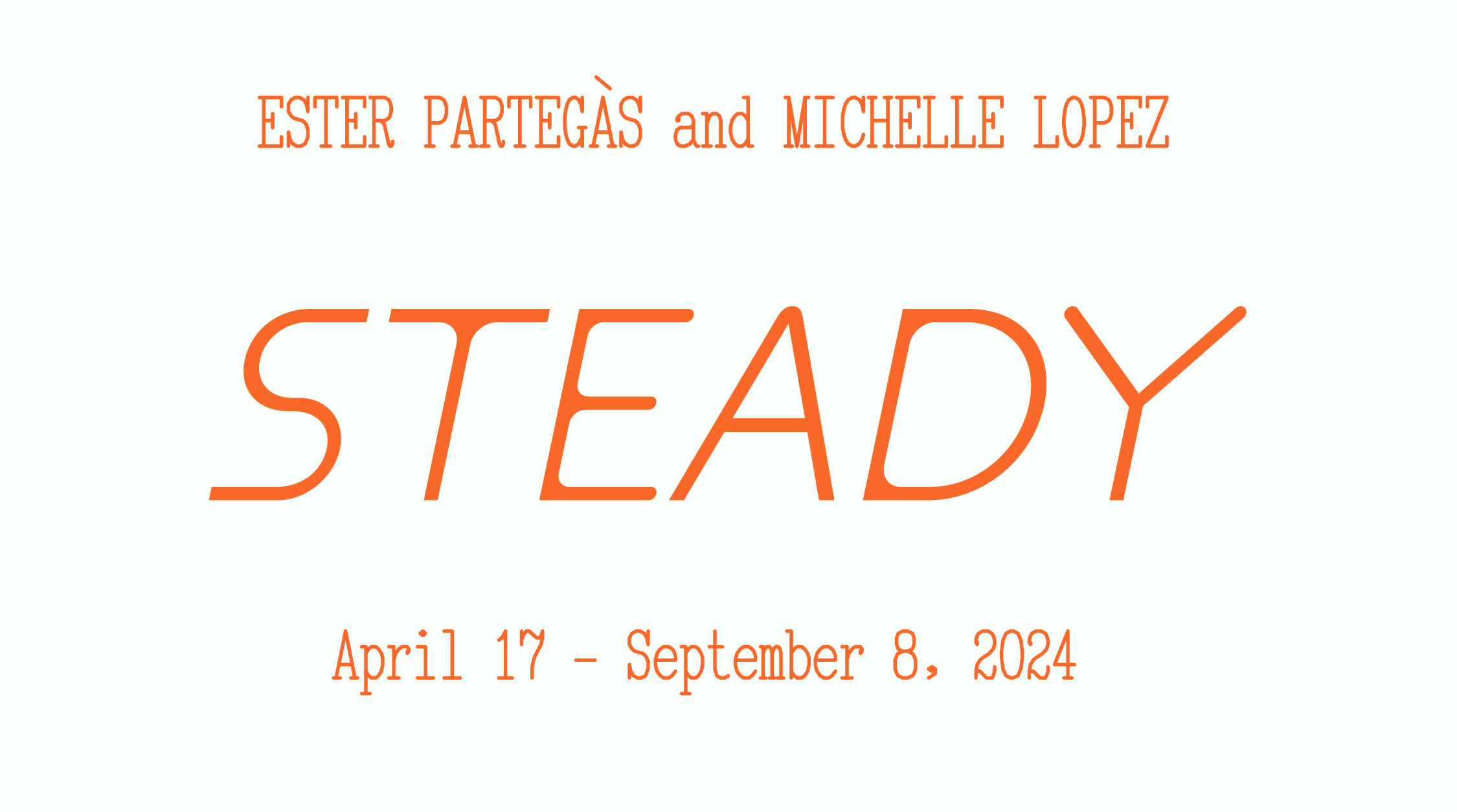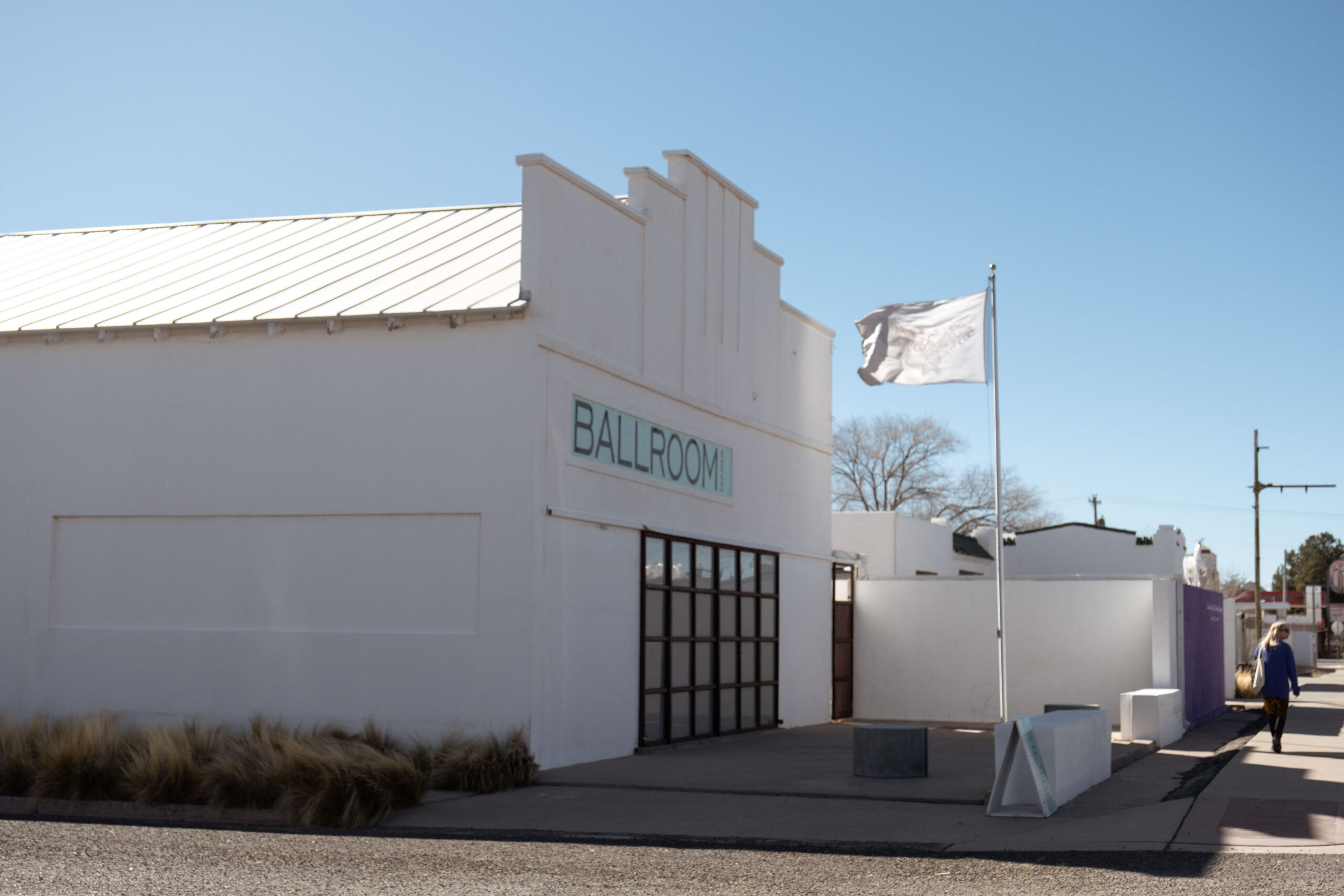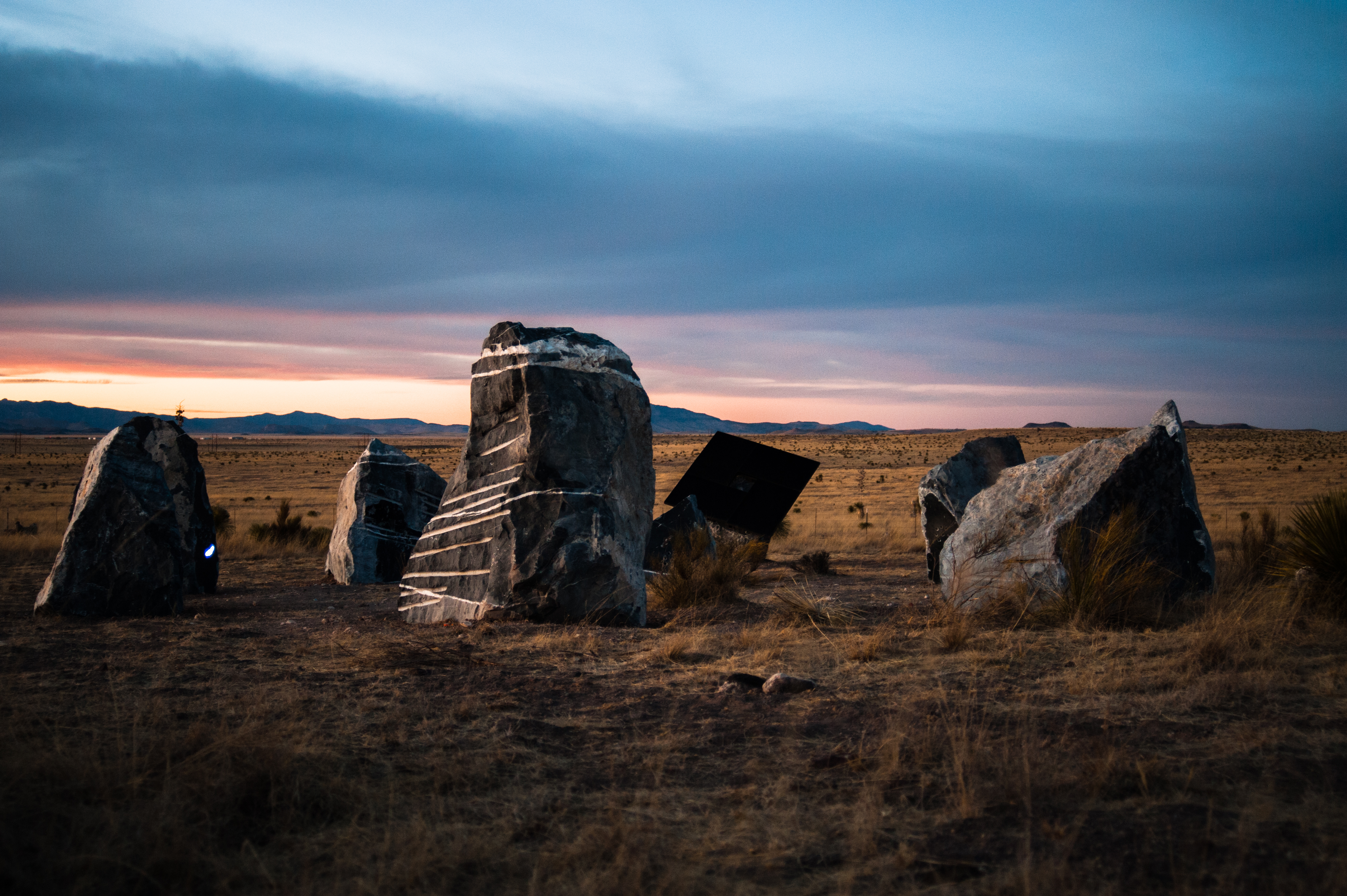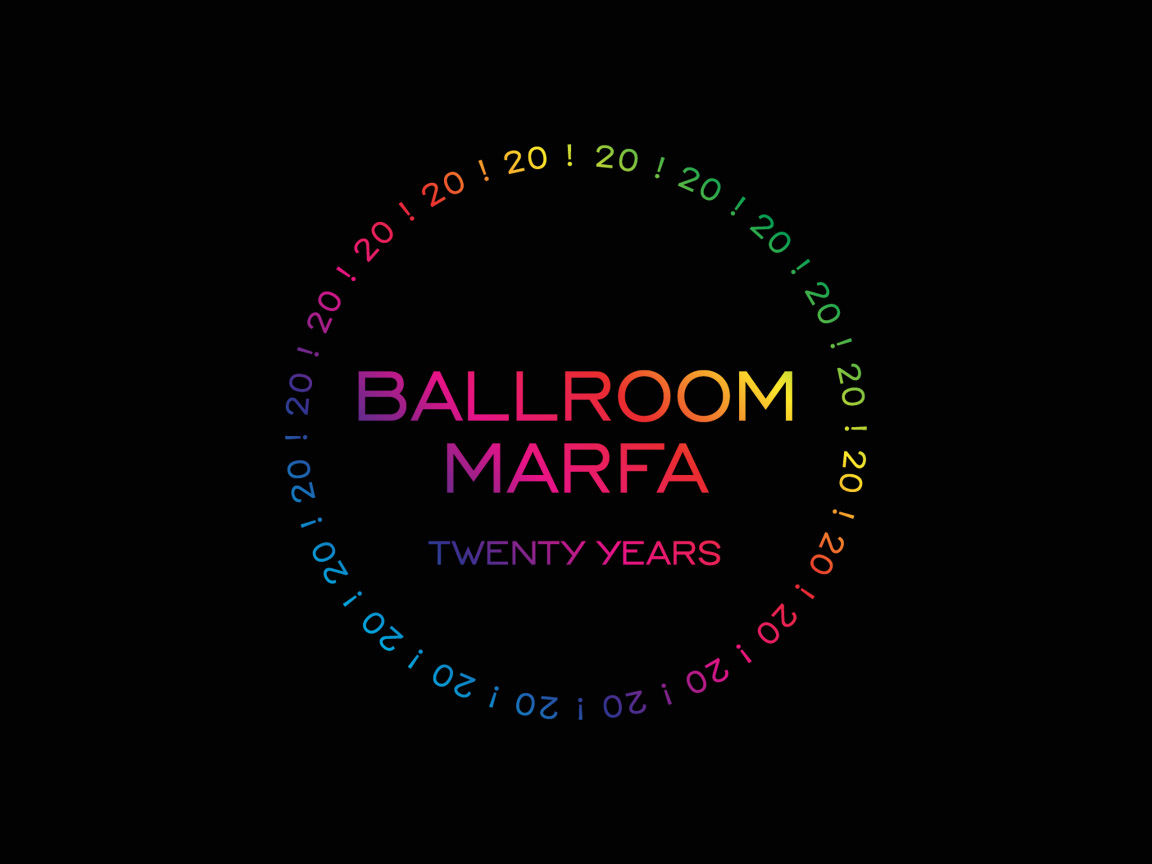Icon Magazine on Prada Marfa
19 Jun 2013
Icon Eye‘s Christopher Turner on Judd, Prada Marfa, Marfa. From “Desert Utopia“:
Illuminated at night, with a range of original shoes and handbags displayed in its windows, this Prada store never opens. Pressing your face to the glass reveals the plush carpet inside to be covered in dead flies. A permanent sculpture installed in 2005 by Scandinavian artists Elmgreen and Dragset, Prada Marfa, about 40 miles north-west of the town it is named after, is a sort of gatepost that marks the edge of a remote yet popular art park that has bloomed over the past two decades in the middle of the Chihuahuan Desert.
The artists describe Prada Marfa as a “pop architectural land art project” and its ironic, minimalist product displays make reference to the work of Marfa’s most famous artist-inhabitant. Donald Judd, a moody Midwesterner with Scottish roots – betrayed in his predilection for kilts, whisky and bagpipe music – arrived in Marfa from New York in the mid-70s. He kept his five-storey cast-iron building in SoHo but, disillusioned with the “glib and harsh” Manhattan art scene and his position in it as a doyen of minimalism (a label he always disavowed), he withdrew to rural Texas for increasingly large parts of the year. In Marfa he created his own utopian mix of elemental art, architecture and furniture and in the process was forced to meditate on the differences between these art forms.





